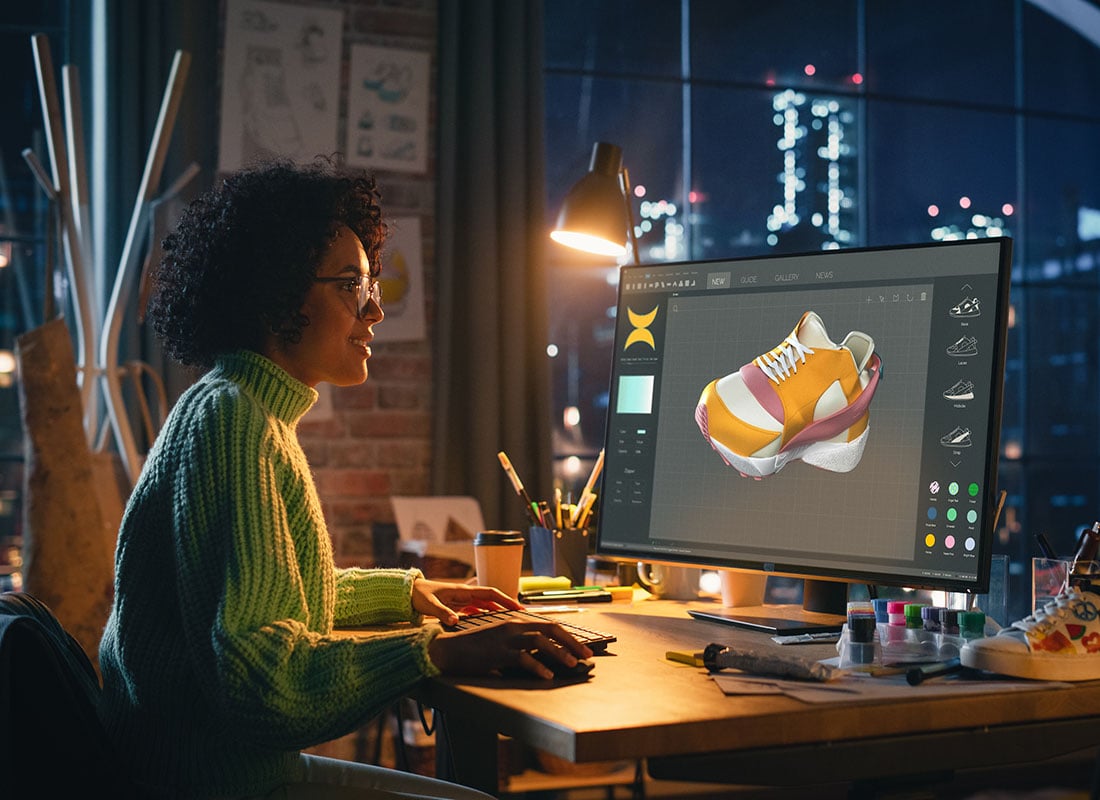Adem Yetim FBCS provides a comprehensive guide to mentoring in the era of digital artistry and technological innovation, exploring the integral role of Web3 and NFTs in shaping future creatives.
In our rapidly evolving digital era, the synergy of art and technology is creating unprecedented opportunities for innovation. This transformation requires a new paradigm of mentorship — one that navigates the confluence of these once distinct fields.
Web3 and NFTs: a new frontier in art and technology
Integrating the recent developments in Web3 and NFTs (non-fungible tokens) into this landscape, we witness a remarkable shift. Web3, with its decentralised nature, is reinventing how art is accessed, created, and owned. This is particularly evident in the world of NFTs, where digital art intersects with blockchain technology. Christie's Art+Tech Summit highlighted this transformation, showcasing how Web3 is expanding the reach of art institutions and attracting new audiences through digital accessibility.
NFTs have revolutionised digital ownership and authenticity. They empower artists to offer digital originals without intermediaries and receive royalties on secondary sales. This new paradigm challenges traditional art norms and opens up a world where art is no longer confined to physical spaces but thrives in the digital realm.
The role of mentorship in navigating these changes
Mentors in this innovative milieu must guide their protégés through the nuances of these emerging technologies. They should foster an appreciation of how blockchain and NFTs can expand artistic expression and influence the value and distribution of art.
For you
Be part of something bigger, join BCS, The Chartered Institute for IT.
This involves not only technical acumen but also a deep understanding of the art world's evolving dynamics.
Adapting to continuous change
The rapid evolution in technology means that mentors must instill a culture of continuous learning and adaptability in their mentees. As digital tools and platforms evolve, so must the artists and technologists who use them. This adaptability is crucial for staying relevant and innovative in a landscape where the only constant is change.
Overcoming challenges and seizing opportunities
Mentors must navigate challenges such as dispelling myths about the incompatibility of art and technology and addressing issues of technological accessibility. They play a crucial role in democratising access to these new technologies, ensuring that diverse voices are heard and represented in this new digital art era.
Conclusion: mentoring for a future of integrated innovation
At this intersection of art, technology, Web3 and NFTs, mentors are key to shaping a future where these disciplines not only coexist but flourish together. They are not just imparting skills but are instrumental in cultivating the mindset and vision needed to lead in this new territory. The mentors of today are thus pivotal in crafting the innovators of tomorrow, who will continue to redefine the boundaries of what is possible in art and technology.


















